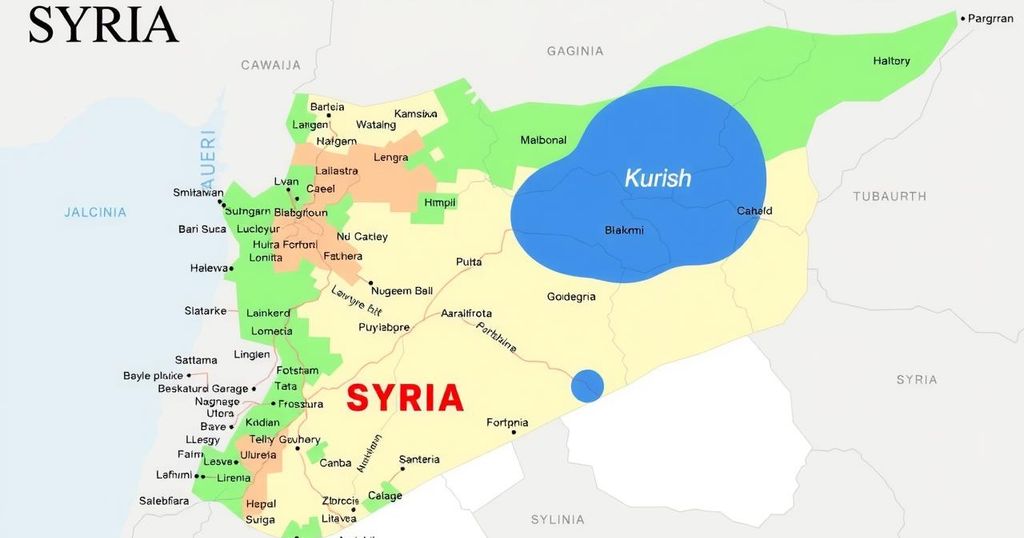The Kurdish Role in Syria’s New Political Landscape: Challenges and Opportunities

The integration of U.S.-backed Kurdish forces into Syria’s national army aims to foster unity for the Kurdish minority. Despite celebratory responses, the interim constitution’s vague protections for minority rights and growing tensions raise questions about the feasibility and safety of this initiative. Analysts express caution regarding the balance of power and integration challenges, particularly given external pressures from Turkey and historical mistrust in the region.
The agreement to integrate the U.S.-backed Kurdish forces into Syria’s national army aims to create unity and peace for the long-marginalized Kurdish minority. Syria’s interim president, Ahmad al-Sharaa, seeks to stabilize his regime after recent violent crackdowns on Assad-loyal forces resulted in significant casualties, primarily among the Alawite minority and civilians. This development is crucial for preventing sectarian revenge and fostering a stable governmental structure.
Signed on March 10, the deal grants the Syrian Democratic Forces (SDF) an opportunity to unify under the Syrian state as concerns for minority rights intensify. The SDF manages vital resources in northeast Syria, including oil fields and detention camps housing Islamic State fighters. Celebrations followed the agreement, hailed as a crucial step towards national cohesion, despite the vague protections for minority rights in the new interim constitution.
Disappointment is evident among the Kurds, who comprise the largest non-Arab minority, as the constitution limits recognition of their rights and omits specific mention of their culture. The SDF’s political representation, the Syrian Democratic Council, criticized the draft constitution, conveying concerns over its implication of continuing authoritarianism and restriction of political freedoms for Kurds.
Analysts note that despite smiling faces, the realities of integrating the SDF into a national army present challenges. The Syrian government has expanded its forces, complicating the balance of military power and suggesting a potentially still divisive relationship between Arabs and Kurds in Syria.
Furthermore, U.S. support for the SDF remains uncertain under current administration considerations. With the potential for strategic withdrawal by American forces, the future security of Kurdish factions is precarious, as they view themselves as protectors of Kurdish interests in Syria.
Another complexity in the integration process involves Turkey’s stance against the SDF, perceived as connected to the PKK, which Turkey officially labels a terrorist organization. The dynamics of this relationship could hamper progress towards a unified solution beneficial to both Kurds and the Syrian government.
The ongoing negotiations for the SDF to integrate into the national military raises critical issues of trust and security. Experts express skepticism regarding the feasibility of disarmament under a government perceived to harbor anti-Kurd sentiments, emphasizing the importance of a reliable protective structure for Kurdish communities.
The integration of Kurdish forces into Syria’s national framework signifies a pivotal move towards potential cohesion and recognition of minority rights. However, the vague legislative support for Kurds in the new constitution, combined with historical tensions and distrust towards the government, casts uncertainties over this agreement. The complexities surrounding the Kurdish political landscape, local militia disbandment, and external influences highlight the ongoing struggle for Kurdish rights and security within a united Syrian state.
Original Source: www.csmonitor.com






